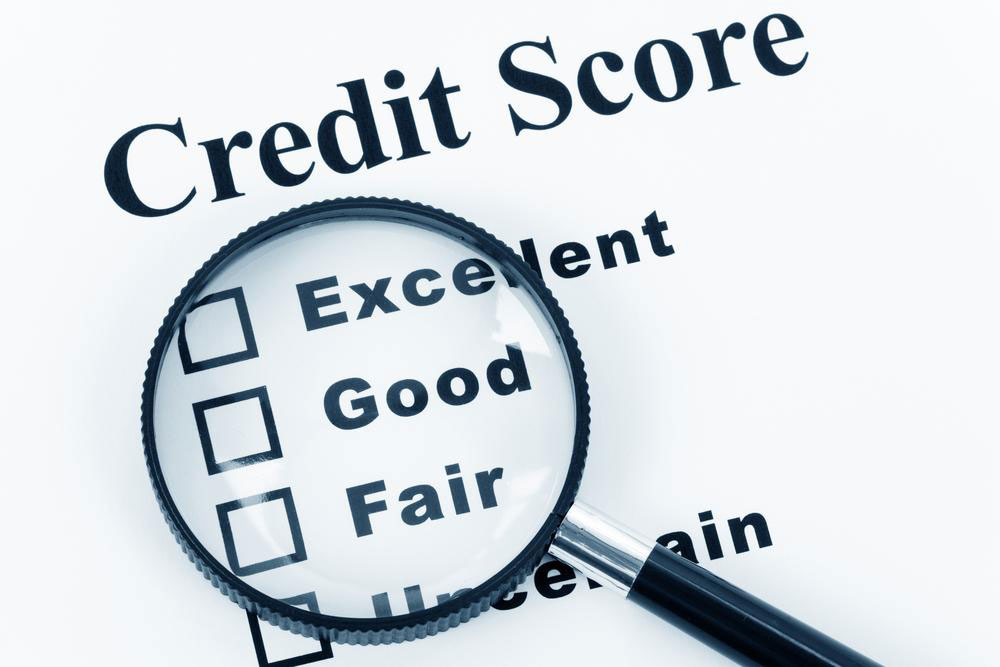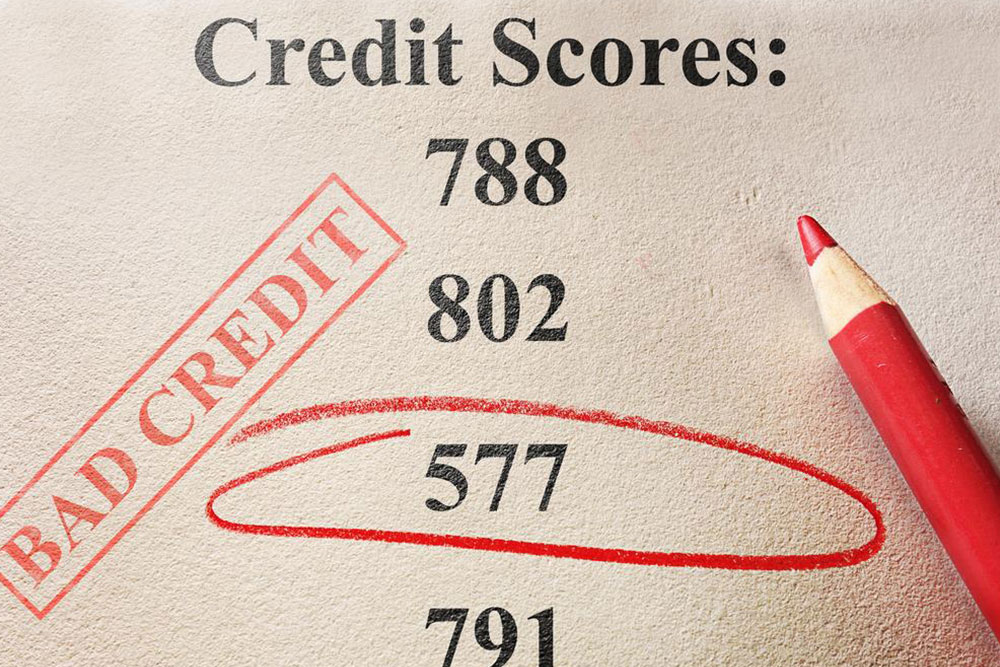Effective Strategies for Borrowing with Bad Credit
Discover practical borrowing options for individuals with poor credit. Strategies include credit unions, peer-to-peer lending, personal loans, leveraging home equity, and secured loans with assets. These methods can help those with bad credit gain access to necessary funds while managing risk effectively.
Sponsored

Having a poor credit score can make securing loans challenging since lenders view you as a high-risk borrower. As a result, they impose strict lending criteria and terms. However, there are several options available for individuals with bad credit to access funds.
Consider approaching a Credit Union: Community or employer-affiliated credit unions often assess applicants beyond just credit scores, focusing on character and repayment capacity. Many small credit unions have merged with larger ones actively seeking borrowers.
Borrow from friends and family: Short-term loans from loved ones can be helpful, but it's vital to formalize the agreement with documented terms and fixed interest to prevent future conflicts.
Utilize a co-signer: If friends or family can co-sign, this increases approval chances, especially if they have good credit. Remember, co-signers are responsible if the primary borrower fails to repay, impacting both credit scores.
Leverage home equity: A Home Equity Line of Credit (HELOC) allows you to borrow against your property's equity, which is the difference between your home's market value and existing mortgage. HELOC functions as a revolving credit account for flexible borrowing and repayment.
Engage in peer-to-peer lending: Online platforms connect individual lenders with borrowers, often providing more lenient credit score requirements.
Opt for online personal loans: Many lenders offer competitive rates through digital platforms, facilitating quicker access to funds.
Secure loans with assets: Using collateral such as your house or car can secure funds, though this involves the risk of forfeiture if repayment fails.






